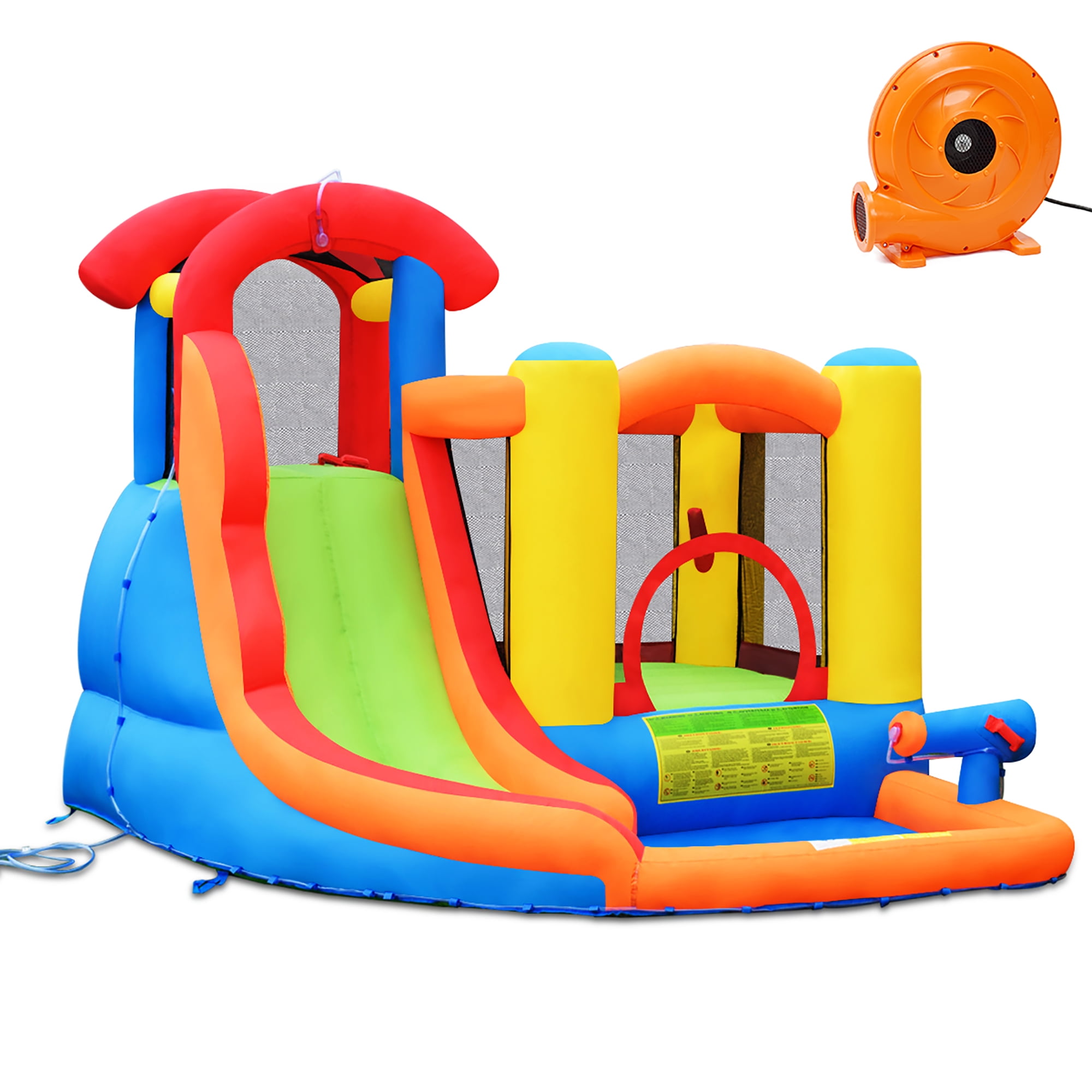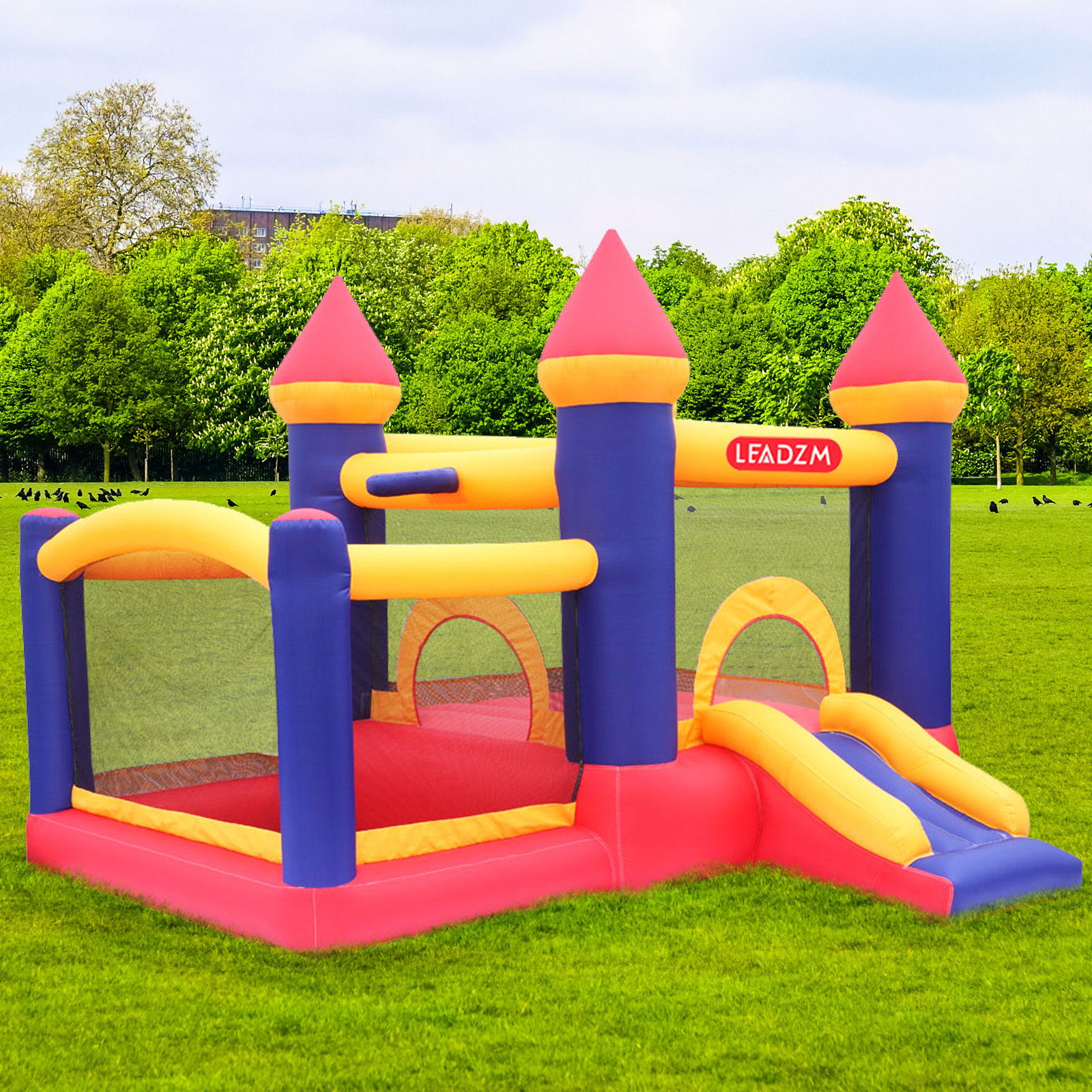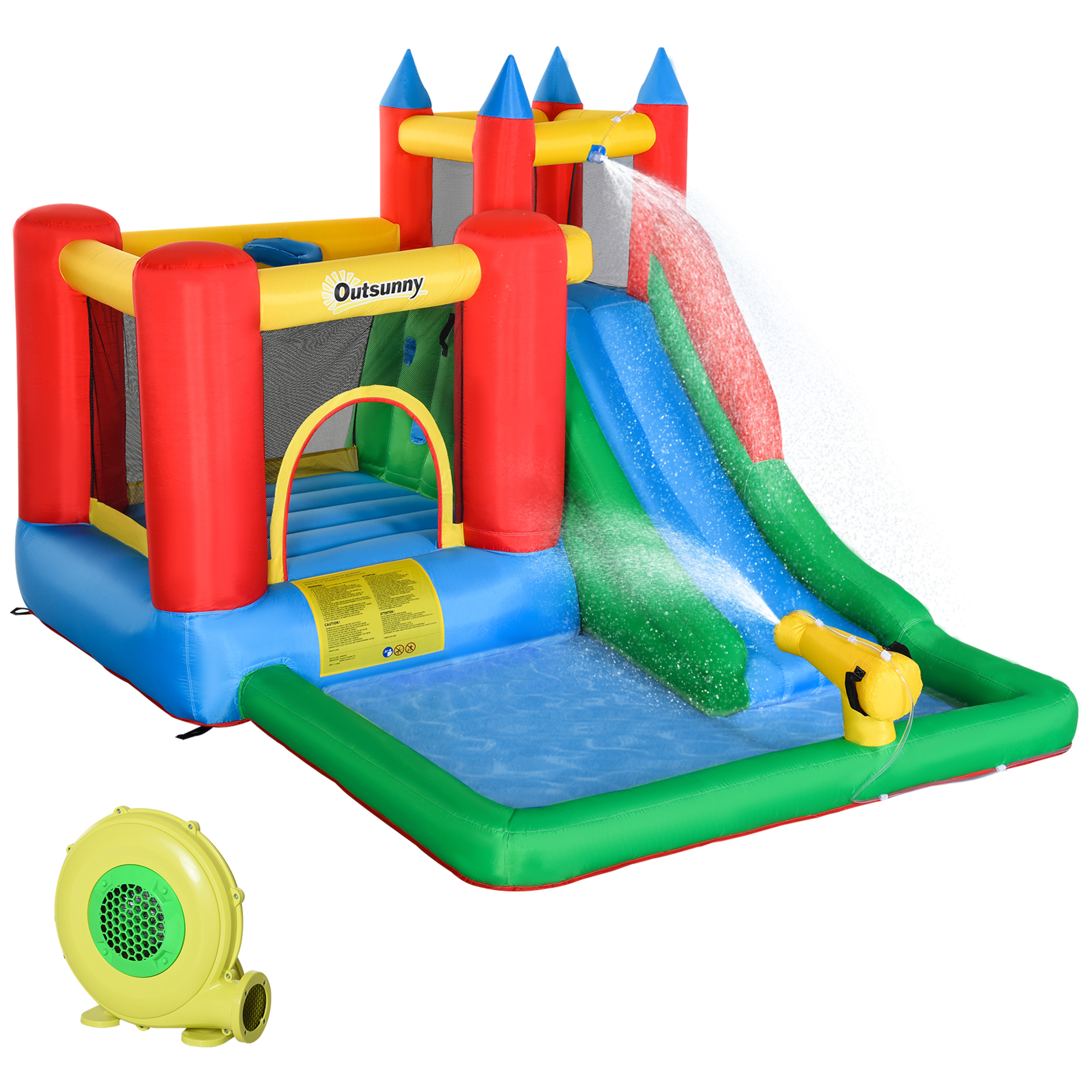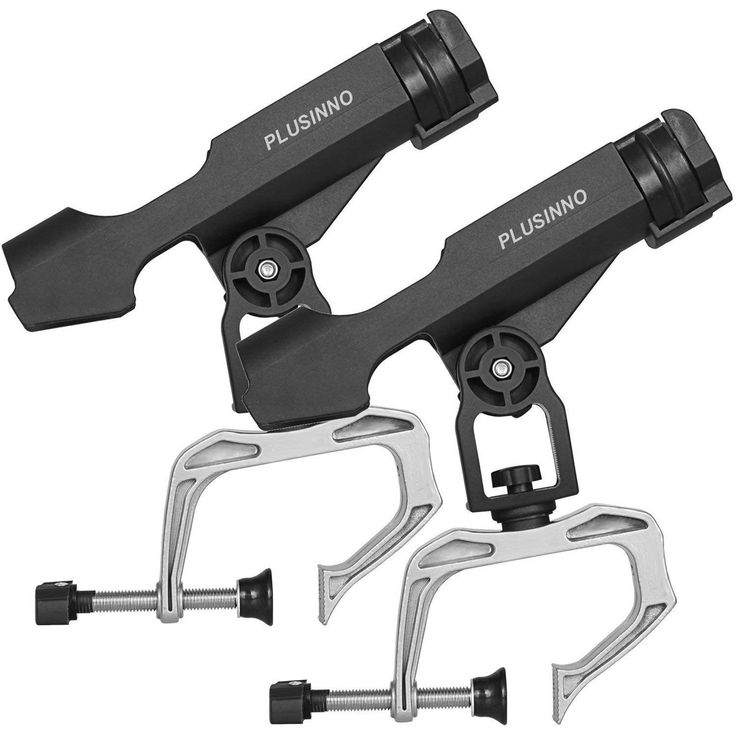In a world where space is at a premium and the need for adaptable living solutions is on the rise, a revolutionary concept has emerged – the inflatable house. This innovative approach to residential design offers a unique blend of practicality, flexibility, and environmental consciousness, captivating the imaginations of architects, urban planners, and homeowners alike.
Inflatable homes, with their ability to be easily deployed, transported, and reconfigured, present a compelling alternative to traditional construction methods. These air-filled structures not only provide a functional living space but also challenge the very notion of what a “home” can be. In this comprehensive guide, we’ll explore the fascinating world of inflatable houses, so delving into their design, applications, and the myriad of benefits they offer.
Prepare to be inspired as we uncover the transformative potential of this cutting-edge approach to residential living.
The Allure of Inflatable Homes
Inflatable homes have garnered significant attention in recent years, captivating the public’s imagination with their unique blend of practicality, versatility, and environmental consciousness.
The Advantages of Inflatable Design
The innovative inflatable design of these homes offers a range of advantages that set them apart from conventional construction methods.
Portability and Ease of Deployment
Inflatable houses can be easily transported, deployed, and even relocated, making them a practical solution for a variety of living scenarios.
Adaptability and Reconfigurability
The air-filled structure of inflatable homes allows for easy modification, expansion, and reconfiguration to suit changing needs and preferences.
Sustainability and Environmental Considerations
Inflatable homes are often designed with sustainability and environmental impact in mind, offering a more eco-friendly alternative to traditional construction.
Reduced Resource Consumption
The lightweight, energy-efficient nature of inflatable structures can result in a lower carbon footprint and decreased resource consumption during both construction and operation.
Potential for Renewable Energy Integration
Inflatable homes can be designed to seamlessly incorporate renewable energy technologies, such as solar panels, further enhancing their sustainability.
Versatility and Diverse Applications
Inflatable homes have the potential to serve a wide range of applications, from temporary housing solutions to permanent residential living.
Disaster Relief and Emergency Shelters
Inflatable structures can be rapidly deployed to provide temporary shelter in the aftermath of natural disasters or other emergency situations.
Recreational and Glamping Experiences
Inflatable homes can offer unique and immersive experiences in the great outdoors, blending comfort and adventure.
The Design and Construction of Inflatable Homes
Designing and constructing inflatable homes requires a unique approach that leverages specialized materials, engineering principles, and innovative manufacturing techniques.
Materials and Structural Integrity
The choice of materials and the overall structural design are crucial to the durability, safety, and performance of inflatable homes.
Durable and Weather-Resistant Fabrics
Inflatable homes are typically constructed using high-quality, weather-resistant fabrics, such as reinforced polyvinyl chloride (PVC) or coated nylon.
Innovative Structural Support Systems
Innovative internal support systems, such as inflatable beams or tensioned cables, so provide the necessary structural integrity to the air-filled structures.
Inflation and Ventilation Systems
Ensuring the proper inflation and ventilation of inflatable homes is essential for maintaining a comfortable and safe living environment.
Efficient Inflation Mechanisms
Inflatable homes often incorporate powerful, yet energy-efficient inflation systems to rapidly deploy and pressurize the structures.
Integrated Ventilation and Climate Control
Thoughtful design considerations are made to incorporate effective ventilation systems and climate control features within the inflatable home.
Manufacturing and Assembly Processes
The manufacturing and assembly of inflatable homes require specialized techniques and equipment to ensure quality, consistency, and ease of installation.
Automated Production Techniques
Innovative manufacturing processes, such as computer-controlled cutting and automated assembly, so can streamline the production of inflatable homes.
Modular and Pre-Fabricated Components
Inflatable homes may be designed with modular or pre-fabricated components to facilitate efficient on-site assembly and customization.
Living in an Inflatable Home
Transitioning to an inflatable home offers a unique living experience that can be both captivating and rewarding for both homeowners and residents.
Interior Design and Functionality
Inflatable homes present unique design challenges and opportunities, requiring innovative approaches to create comfortable and functional living spaces.
Maximizing Interior Space and Layout
Careful planning and design considerations are necessary to optimize the use of the available interior space within an inflatable home.
Incorporating Multifunctional Furniture and Features
Inflatable homes often feature specialized, multifunctional furniture and features to enhance the utility and livability of the space.
Addressing Practical Considerations
Living in an inflatable home requires adaptability and an understanding of the unique practical considerations involved.
Maintenance and Upkeep
Maintaining the integrity and performance of an inflatable home may involve regular inspections, cleaning, and minor repairs.
Adapting to Environmental Factors
Residents of inflatable homes must be mindful of factors such as wind, weather, and temperature, and how they may impact the living experience.
Regulatory and Zoning Considerations
The growing popularity of inflatable homes has led to evolving regulations and zoning requirements that homeowners and residents must navigate.
Compliance with Building Codes and Standards
Ensuring compliance with applicable building codes, safety regulations, and local zoning laws is crucial for the successful implementation of inflatable homes.
Homeowners may need to engage with local authorities to obtain the necessary permits and approvals for the installation and use of an inflatable home.
The Future of Inflatable Homes
As the concept of inflatable homes continues to gain traction, it is clear that these innovative structures hold immense potential to reshape the way we envision and experience residential living.
Advancements in Materials and Technology
Ongoing research and development in materials science and engineering are driving the evolution of inflatable home design and capabilities.
Improved Durability and Performance
Advancements in fabric materials, structural support systems, and inflation mechanisms are enhancing the long-term durability and performance of inflatable homes.
Integrating Smart Home Technologies
Inflatable homes can seamlessly incorporate emerging smart home technologies, further enhancing the living experience and energy efficiency.
Expanding Applications and Market Adoption
The versatility of inflatable homes is leading to a growing number of applications and increasing market acceptance.
Disaster Relief and Temporary Housing
Inflatable homes are becoming increasingly prominent in disaster relief efforts and temporary housing solutions, so providing rapid deployment and adaptability.
Mainstream Residential Living
As public perception and regulatory frameworks evolve, so inflatable homes may become a more mainstream choice for permanent residential living.
Sustainability and Environmental Impact
The inherent sustainability of inflatable homes positions them as a promising solution for reducing the environmental footprint of the housing sector.
Circular Economy and Repurposing
The modular and adaptable nature of inflatable homes can facilitate the repurposing and circular use of materials, minimizing waste.
Renewable Energy Integration
The seamless integration of renewable energy technologies, such as solar panels, can further enhance the environmental benefits of inflatable homes.
Conclusion: Embracing the Future of Residential Living with Inflatable Homes
Inflatable homes represent a transformative and captivating vision for the future of residential living. Through this comprehensive guide, you have gained a deeper understanding of the allure, design, and practical considerations surrounding these innovative, air-filled structures.
By exploring the advantages of inflatable homes, such as their portability, adaptability, and sustainability, you can now envision the profound impact they may have on the way we conceive and experience our living spaces. Whether serving as temporary disaster relief shelters, permanent residential dwellings, or immersive outdoor retreats, inflatable homes offer a novel and compelling alternative to traditional construction methods.





















